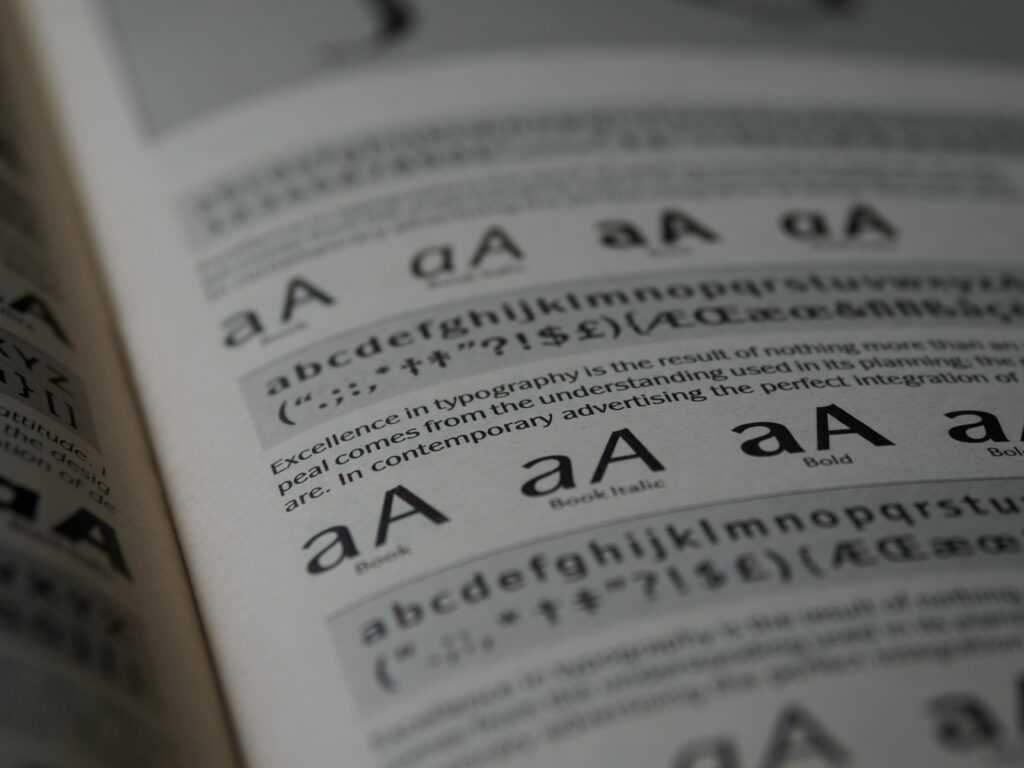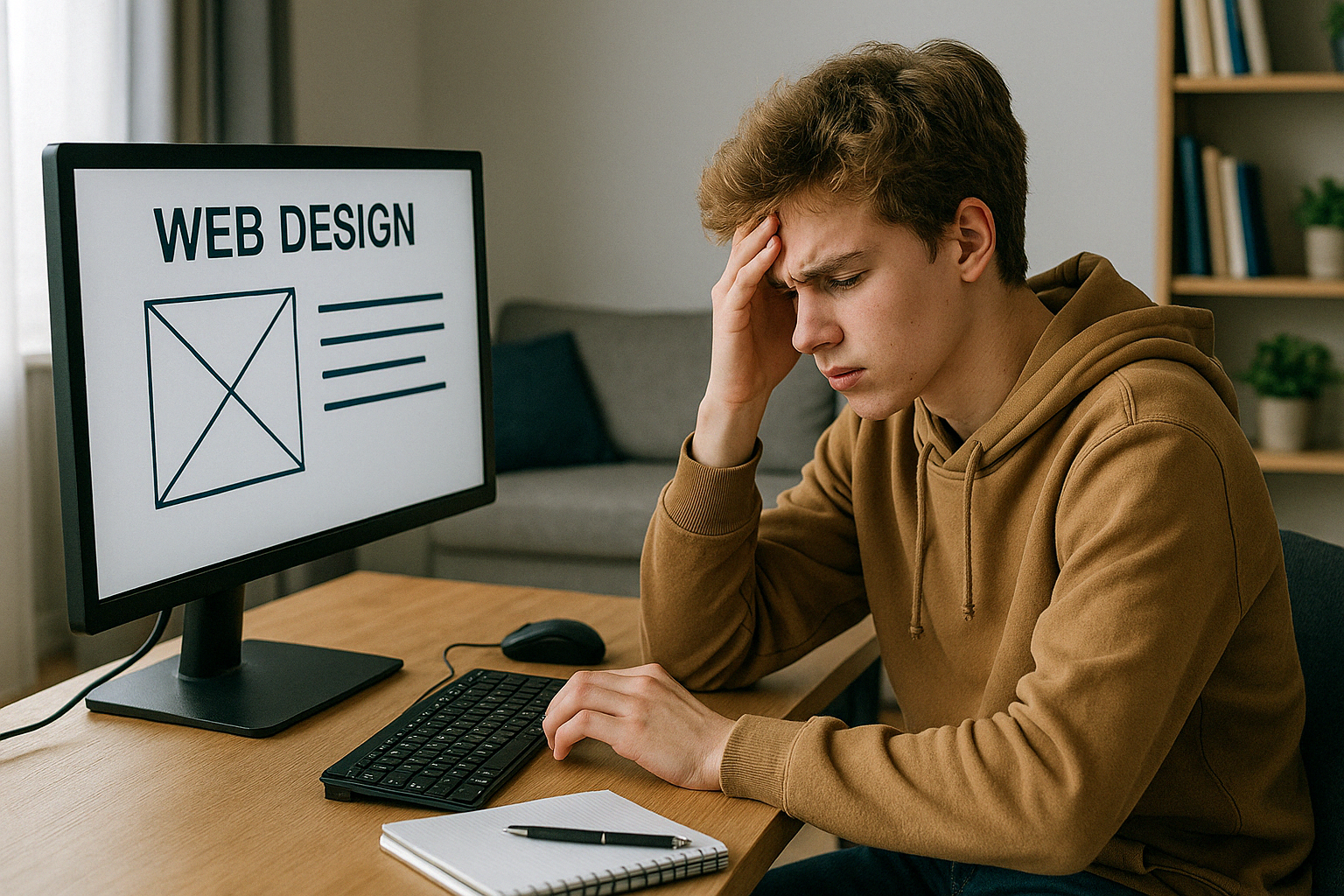Do you want to learn web design and create stunning visuals for your website, but don’t know where to start? With so many competing online courses offering their take on the subject, it can be difficult to decide which one is right for you. Don’t get overwhelmed – we’ve done the research––in this blog post, we’ll uncover the best tips from top-notch online web design courses that will help set you up for success in no time! Get ready to enter an exciting new world of creativity as we explore how mastering web design can help turn ideas into beautiful realities.
Identify your audience and purpose for creating a website
When embarking on the process of creating a website, it’s important to take a step back and consider who your audience is and what your purpose for the website is. Are you designing a website for a business hoping to sell products? Or maybe you’re creating a website to showcase your digital design portfolio. Identifying your audience and purpose will not only help guide the design decisions you make but also affect the content and functionality of your website. And speaking of design, one of the most crucial elements of any website is its digital design. Are you aiming for a sleek, modern look or a more whimsical, playful vibe? Whatever your audience and purpose may be, digital design will play a pivotal role in shaping your website’s success.

Understand the basics of HTML and CSS
In today’s world, having a basic understanding of HTML and CSS is essential for anyone looking to build a website, create an online portfolio or just develop their coding skills. HTML, which stands for Hypertext Markup Language, is used to create the structure of a web-page, while CSS, or Cascading Style Sheets, is utilised to define the appearance of that structure. With HTML and CSS, you can create stunning websites that are both functional and visually appealing. The good news is that you don’t need to be a coding expert to grasp the basics of these two programming languages. With a little bit of practice and patience, anyone can learn how to write HTML and CSS code and get started on their journey toward becoming a master web developer!
Get to know web design software like Adobe Photoshop
Web design is an essential aspect of today’s digital world, and if you’re someone who wants to learn the craft, you must be familiar with the software used to create striking websites. Adobe Photoshop is an excellent tool to get started with web design. You can create visually appealing graphics, modify the colour schemes and add dynamic elements to elevate the aesthetics of your website with Photoshop. Learning web design software like Adobe Photoshop can be challenging, but with dedication and practice, you can master it. Whether you’re working on a personal project or a professional venture, Adobe Photoshop is a must-have tool in your design toolbox.
Design an intuitive navigation system for users
Navigating through a website shouldn’t be a challenging task for users. It should be as easy as finding information in a well-organised library. However, as a designer, creating an intuitive navigation system is not an easy feat. It requires you to have a deep understanding of your users’ needs and habits. An intuitive navigation system should be user-friendly, visually appealing, and functional. It should provide a seamless experience for users by allowing them to find what they’re looking for quickly. Navigation systems that are easily understandable increase the usability and accessibility of your website, which ultimately leads to increased engagement, loyalty, and sales.
Choose the right colours and fonts to make a website look professional
When it comes to creating a website, it’s not just about having great content or impressive functionality. Choosing the right colours and fonts is essential if you want to make a truly professional website. A colour scheme that complements the content and branding of the site can make all the difference when it comes to engaging visitors and keeping them interested in what you have to offer. Similarly, picking the right fonts can make your website look polished and sophisticated. It’s worth spending the time and effort to get the colours and fonts just right because they can have a big impact on the overall look and feel of your site. With the right design choices, you can create a website that looks professional and impresses visitors from the moment they land on the homepage.

Utilise SEO techniques to increase visibility on search engines
In today’s digital age, having a website alone isn’t sufficient. It’s crucial to make sure your website stands out in the crowd, and one of the best ways to do that is by utilising effective SEO techniques. SEO refers to the process of optimizing your website for search engines like Google to improve your website’s search ranking, which is essential for increasing visibility and driving traffic. By implementing strategies such as keyword research, on-page optimization, and link building, you can ensure that your website shows up higher in search engine results and attracts more visitors. So if you want your website to grab the attention it deserves, kickstart your SEO strategy today!
In conclusion, designing a website always involves identifying the audience it is intended for and setting a purpose for its existence. To create the best possible site, proper knowledge of HTML and CSS is essential. Photoshop and other web design software can be used to develop an intuitive and visually engaging navigation system. The right colour scheme combined with effective fonts helps make the website look highly professional. SEO techniques should also be implemented as they play a key role in making sure that the website has good visibility on search engines. Establishing all of these elements is important to ensure you will have an attractive website that meets all your goals.





